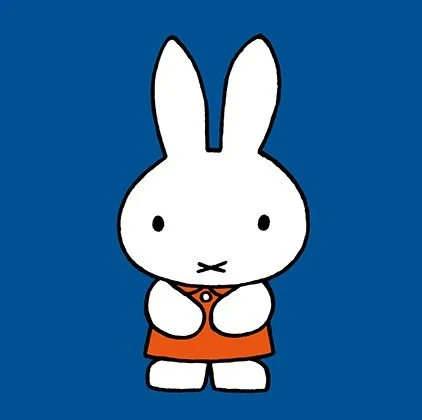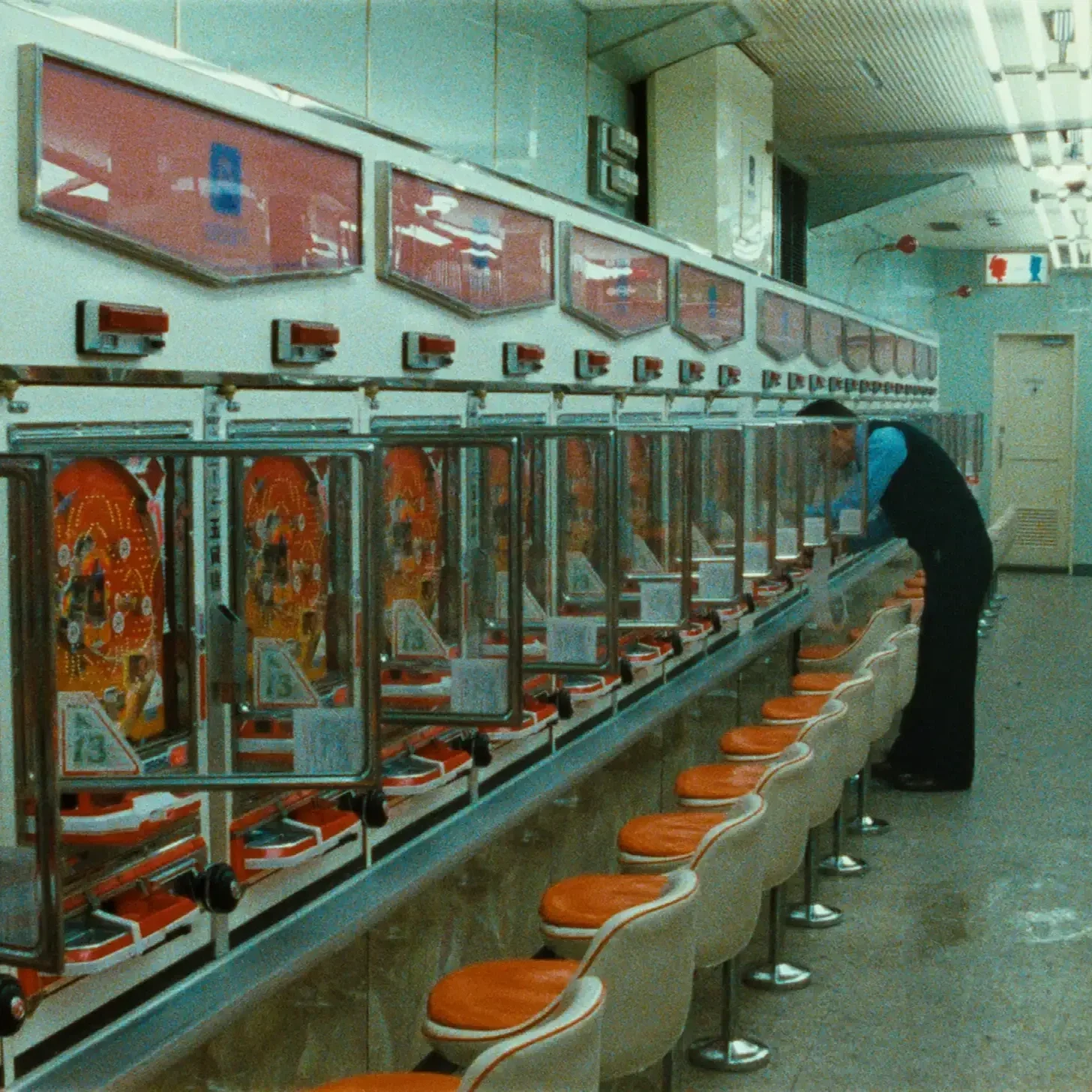Nordic Lines and Nippon Hearts - Why Miffy, the Moomins, and Snoopy Captivate Japan?
Snoopy
In Japan’s rich pop culture landscape, where local icons like Totoro, Hello Kitty, and Doraemon reign, a trio of foreign characters have drawn a surprisingly intimate space: Miffy, the minimalist Dutch bunny, the Moomins, Finland’s dreamy trolls and Snoopy, the beagle from America’s beloved Peanuts comic strip.
Japan’s fascination with foreign characters isn’t new, but it’s the “familiarity” of these imported figures that has led them to be embraced not just as curiosities, but as beloved companions. What explains their exceptional resonance in a culture already overflowing with mascots and media.
Minimalism and Cultural Compatibility
In a society where silence can speak louder than words and where Zen aesthetics shape everything from gardens to graphic design, characters that embody stillness and emotional restraint naturally find affinity. Far from the hustle and bustle of other well-known Japanese characters, these three attract attention with their clean lines.
They offer a kind of emotional minimalism, where subtle expressions and visual quietude invite personal reflection, a quality compatible with the Japanese appreciation for beauty in simplicity.
In a culture where the concept of "less is more" is integrated in art, design and even daily life, Miffy, the Moomins and Snoopy embody a quiet visual style. In particular, Japan’s longstanding philosophy of the wabi-sabi, the art of finding beauty in imperfection, align perfectly with these character’s minimalist designs and introspective narratives.
Inner Worlds, gentle narrative
Created by Dick Bruna, Miffy the rabbit lives in a world of gentle colors and simple shapes. Yet, her stories deal with love, learning and discovery. Her small adventures carry emotional weight without being loud.Miffy’s white round body with simple black eyes and her little dress is an embodiment of this minimalist aesthetic. She embodies quietude, evoking a sense of purity and emotional calm that fits into Japanese minds.
The Moomins from Tove Jansson’s surrealist yet philosophical world, evoke feelings of solitude, seasonal change and emotional depth with their soft and rounded forms. Their world is almost dreamlike, with seasons changing and friendships blooming and fading. They also have a sense of introspection. Their idyllic yet melancholy world encourages quiet reflection.
While Peanuts, though humorous and iconic in the West, takes on a different nuance in Japan. Snoopy’s daydreams offer a blend of childlike fantasy and deep introspection.
In Japan, where public emotion is often understated and empathy is expressed through silence, characters who gives feeling without spectacle feel not only familiar, but honest.
miffy
Characters as Lifestyle Companions
Characters culture plays an important role in Japanese life. They are eternal icons that can be found in everyday life, whether juxtaposed on a key ring, stuck on a notebook or present on a t-shirt. A major reason for their success is how these characters transition from children’s media to adult lifestyle.
Miffy appears everywhere in Japan. Her transition from children's literature to a lifestyle brand is a true example of how Japanese consumers embrace nostalgia. Home goods lines, minimalist fashion goodies and pastries collections, make Miffy a symbol. Its design goes hand in hand with the kawaii aesthetic, which is both sentimental and aesthetically pleasing.
Moomins comes from children’s books to a broader cultural phenomenon. The Moominvalley Park in Saitama is a manifestation of this, offering an immersive experience that appeals to both children and adults. The park highlights the Moomins’ connection to nature, aligning with Japanese cultural values of environmental harmony. The homeware lines and art exhibitions featuring these nice group of trolls, offer an opportunity for adults to integrate these characters into their own living spaces.
Snoopy’s transformation from a comic strip character to a lifestyle icon is one of the most notable success stories in Japan. Omnipresent in Japan, he is featured in The Peanuts cafés, museum exhibitions, limited-edition merchandise and brand collaborations (with Seiko for watches, or Porter for bags) all showcase how Snoopy can be both a nostalgic symbol of childhood.
Miffy, the Moomins, and Snoopy have earned a place in the hearts of the Japanese not by adhering to the loud norms of other cultural icons, but by offering a kind of emotional companionship that resonates on a more introspective level. They embody qualities of emotional restraint and simplicity that are so inherited to Japanese aesthetics.
By tapping into these core emotional values, these characters have become more than just mascots. They have become friends, companions and cultural symbols.








Rediscovering traditional indigo dyeing through a new generation.